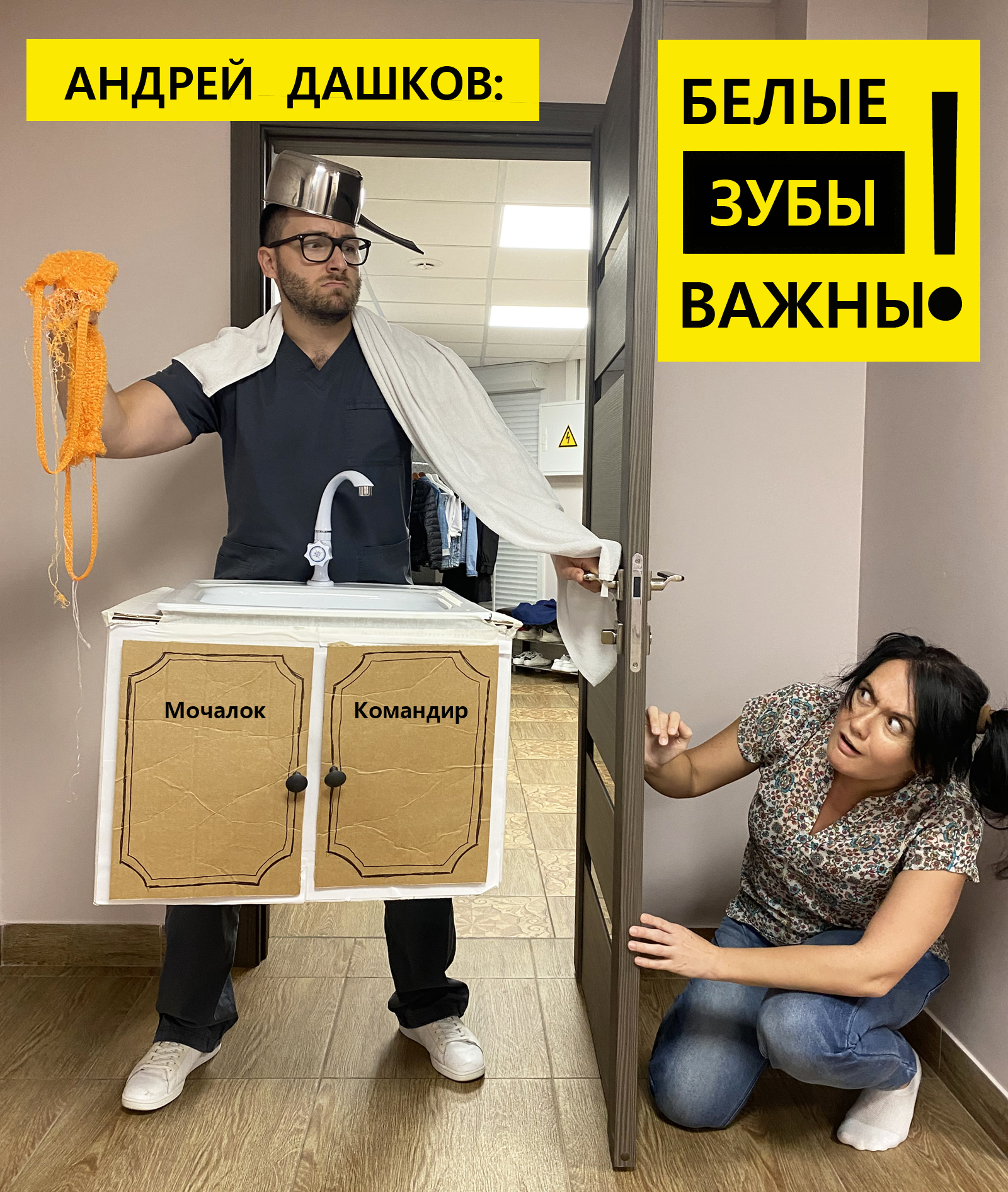
Hello dear friends!
Today I will tell you about the stages and features of "professional oral hygiene".
ATTENTION! -Uwaga! -Pažnju! -Attention! -Achtung! -Attenzione! -WARNING! -Uwaga! -Pažnju!
Below will be photos taken in the oral cavity! With types of teeth, gums, etc. For the faint of heart, please refuse to read this article.
Before starting work, you need to take photos of the teeth so that you can compare the result before and after.
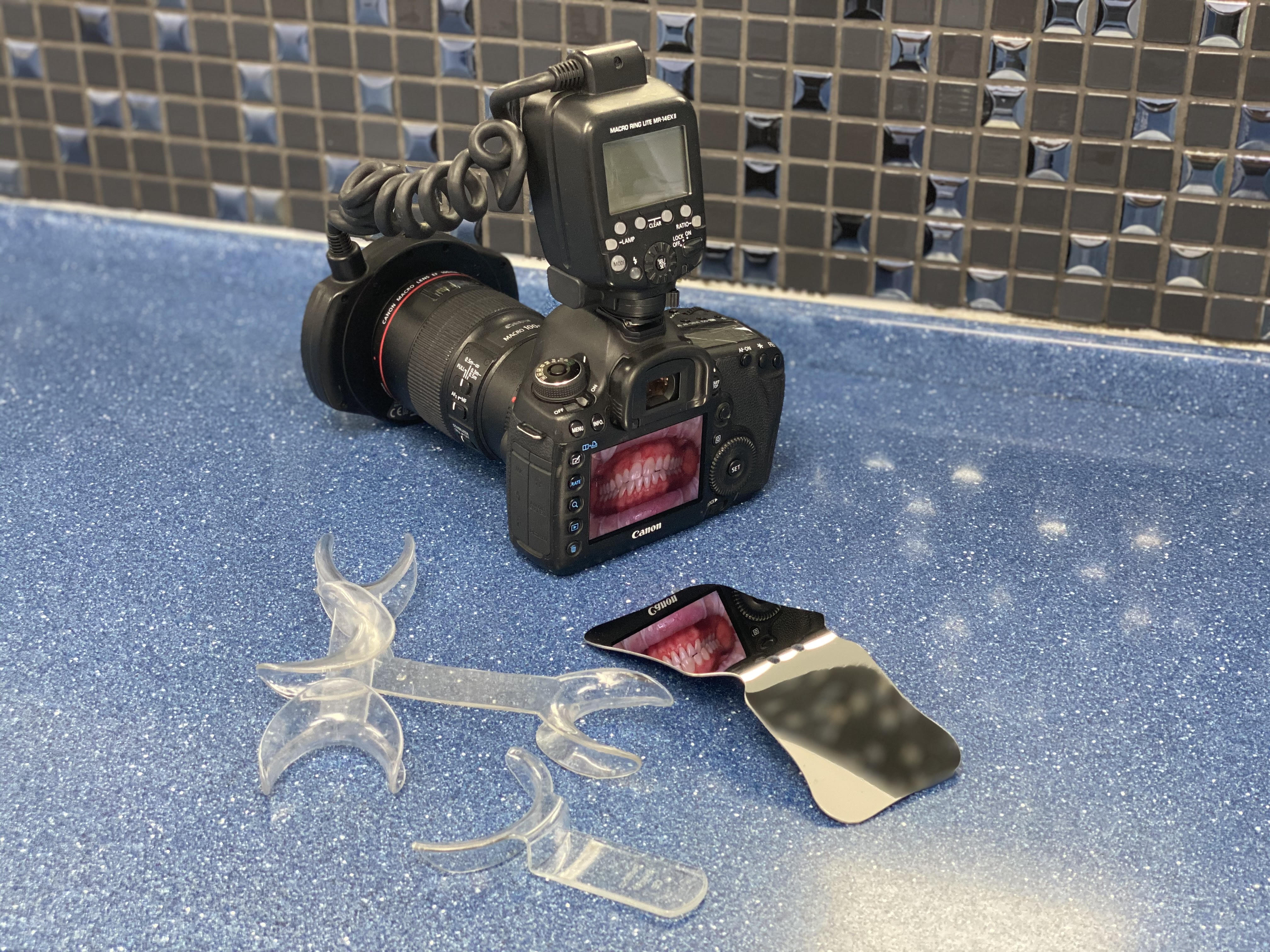
To carry out the photo protocol, a camera (Cap), an intraoral mirror and retractors (mouth dilators) are required.
To improve visualization and to protect the patient's lips from instruments during hygiene, a special "rubber" - OptraGate is used.
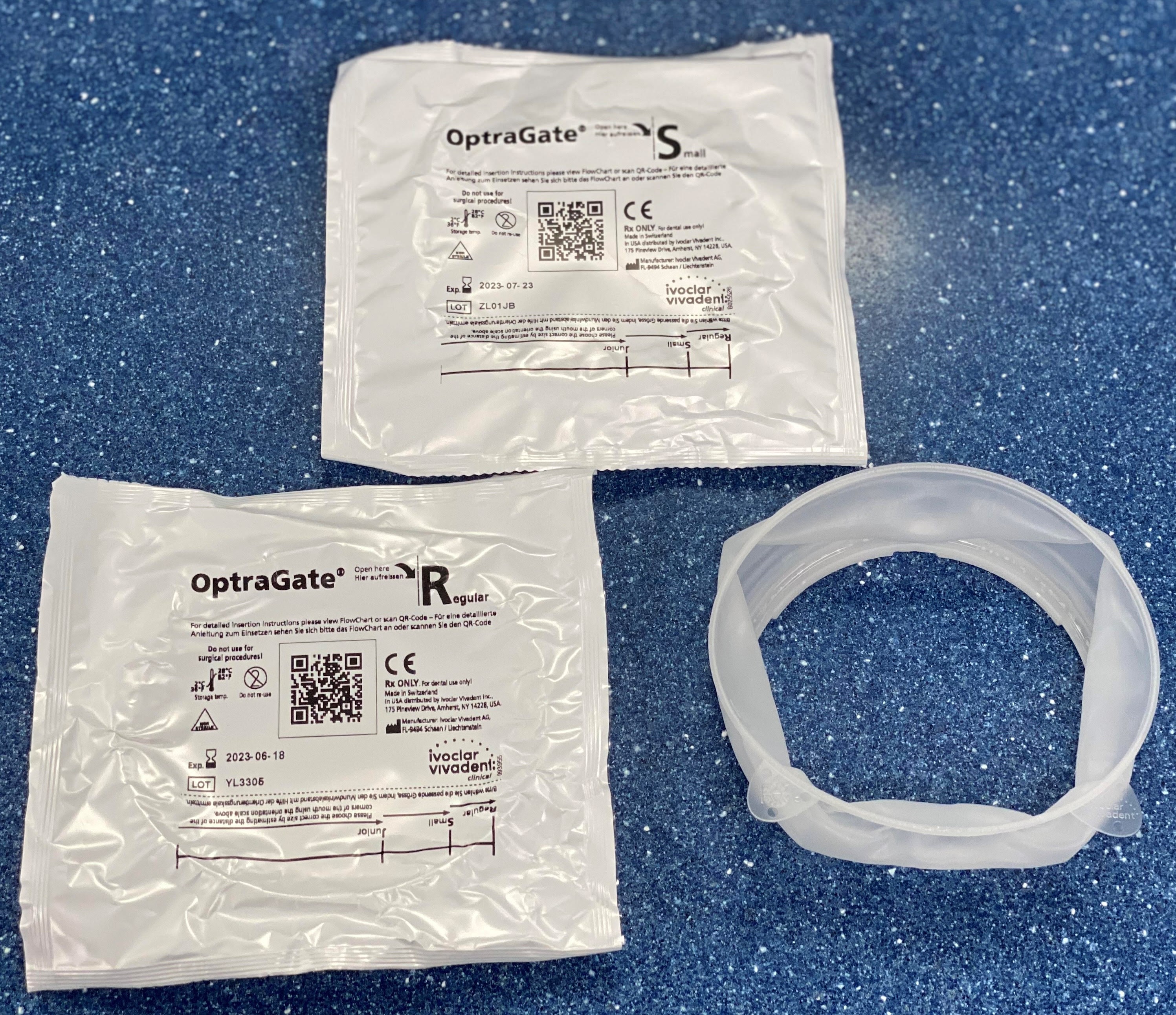
They come in different sizes depending on the "mouth size" of the patient. The most popular are R - regular and S - small.
Further staining of dental plaque is performed for better visualization.

"Paint" is applied to the teeth with a cotton swab, kept for a certain time and washed off with water. Then we get a similar result:
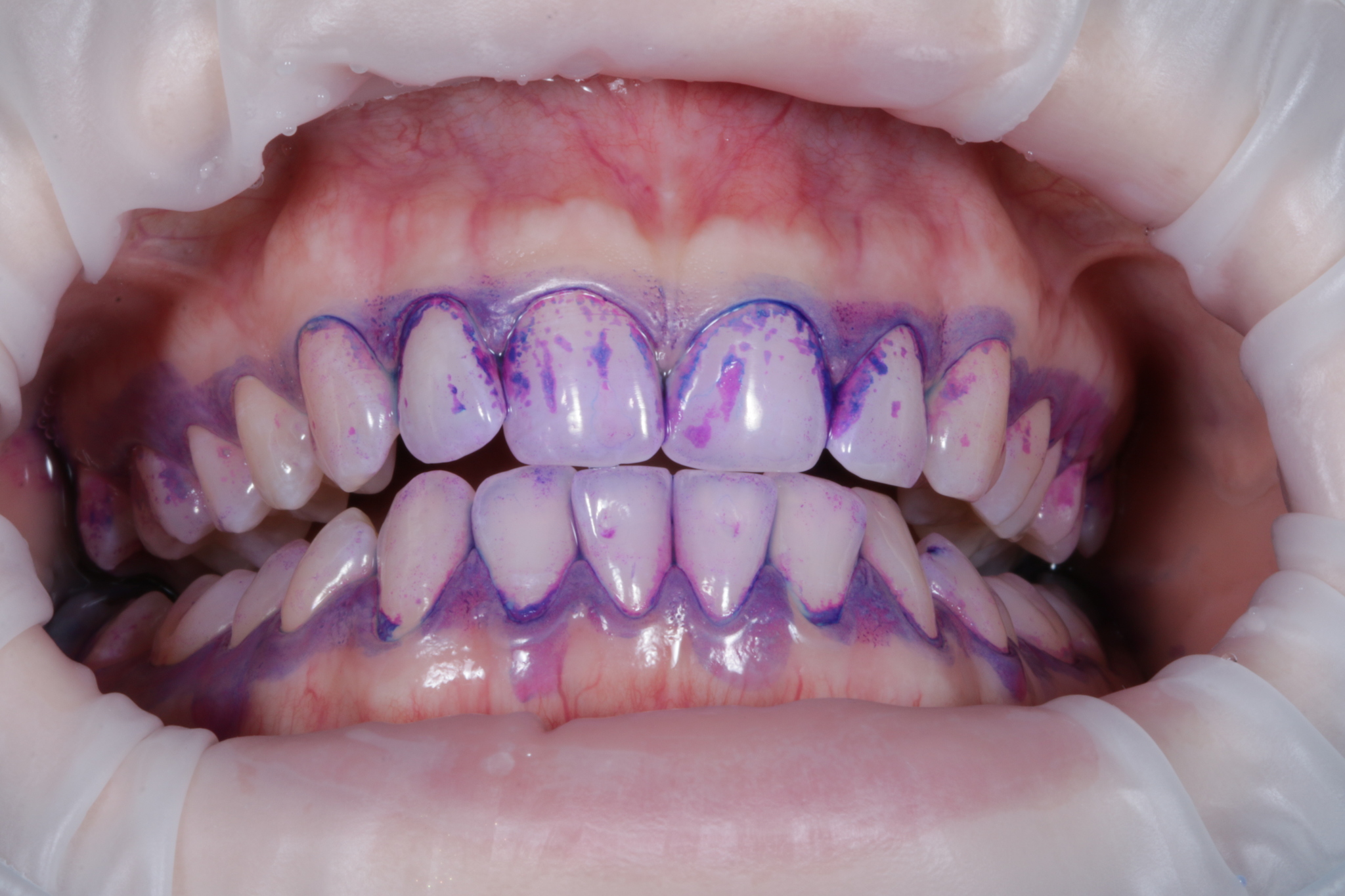
(White "scarf" - the same OptraGate)
Anything that turns purple is a plaque. Note that the gums are also prone to build-up of plaque that needs to be scraped off. Therefore, when you brush your teeth at home, do not forget to brush a little on the gum in order to qualitatively remove all deposits.
The next step is to remove soft plaque with a brush tip and a special abrasive paste.

Next, dental calculus is removed using an ultrasonic handpiece.
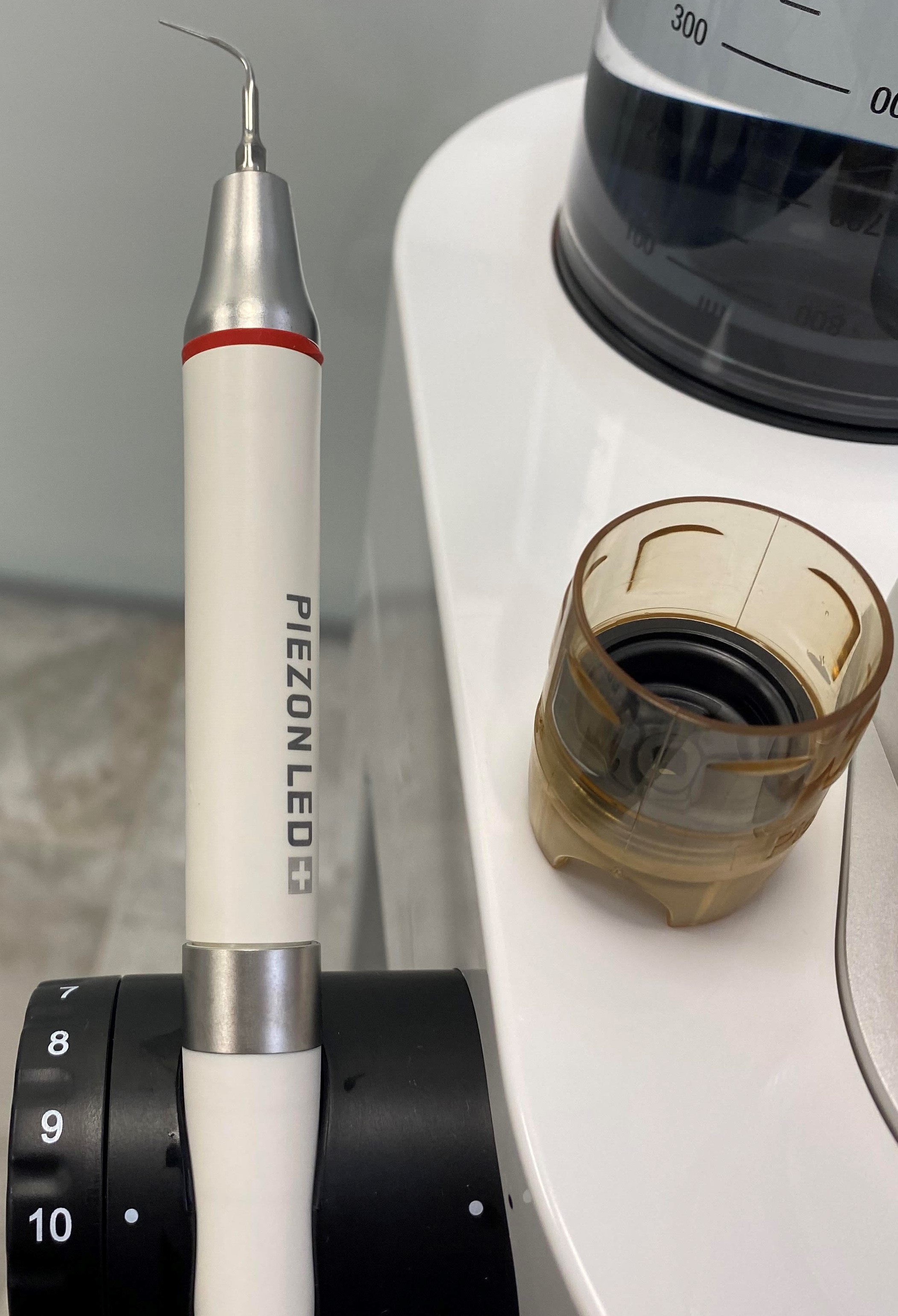
The piece on the right is the key used to screw the ultrasonic nozzle.
After all hard dental deposits have been removed, we proceed to cleaning the pigmented plaque, which cannot be removed either with brushes or with ultrasound.
Cleaning is carried out using the Air-Flow apparatus, using the powder of the same name.

Air-Flow is a sandblasting machine that delivers powder and distilled water under high pressure.
This is the tip:
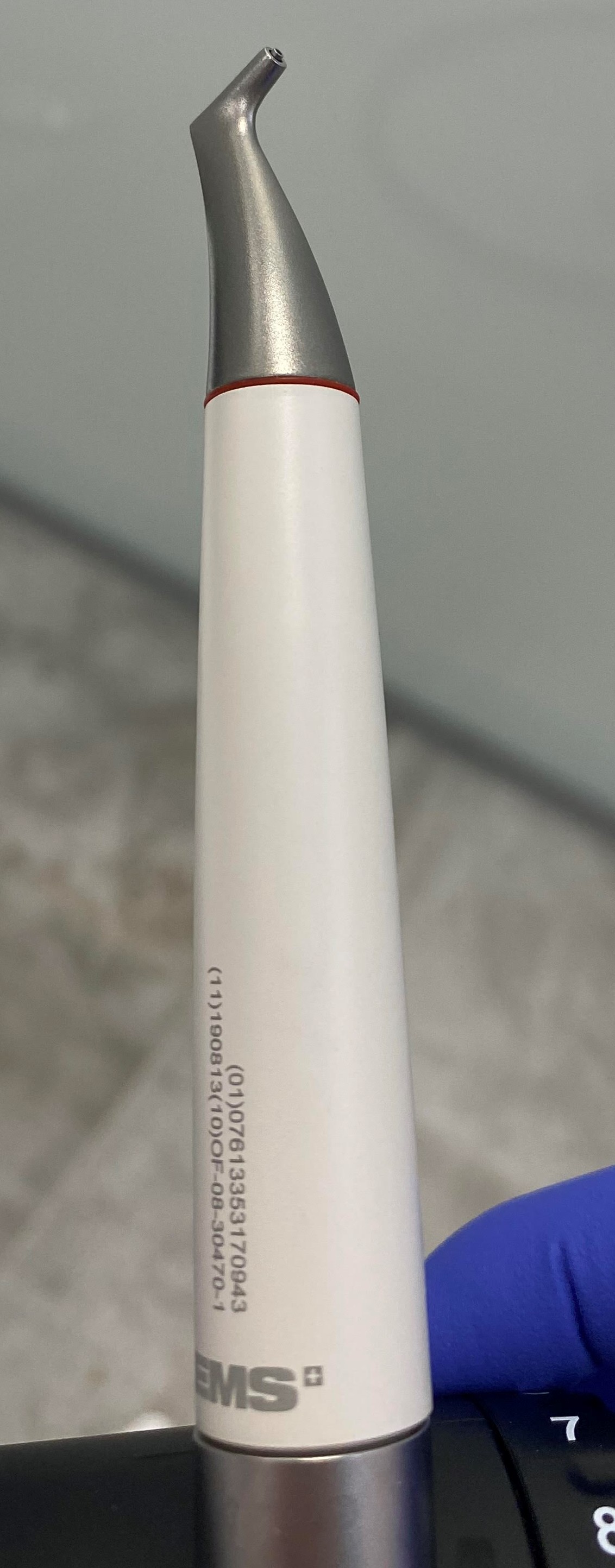
And this is the whole apparatus (ultrasound and sandblasting)
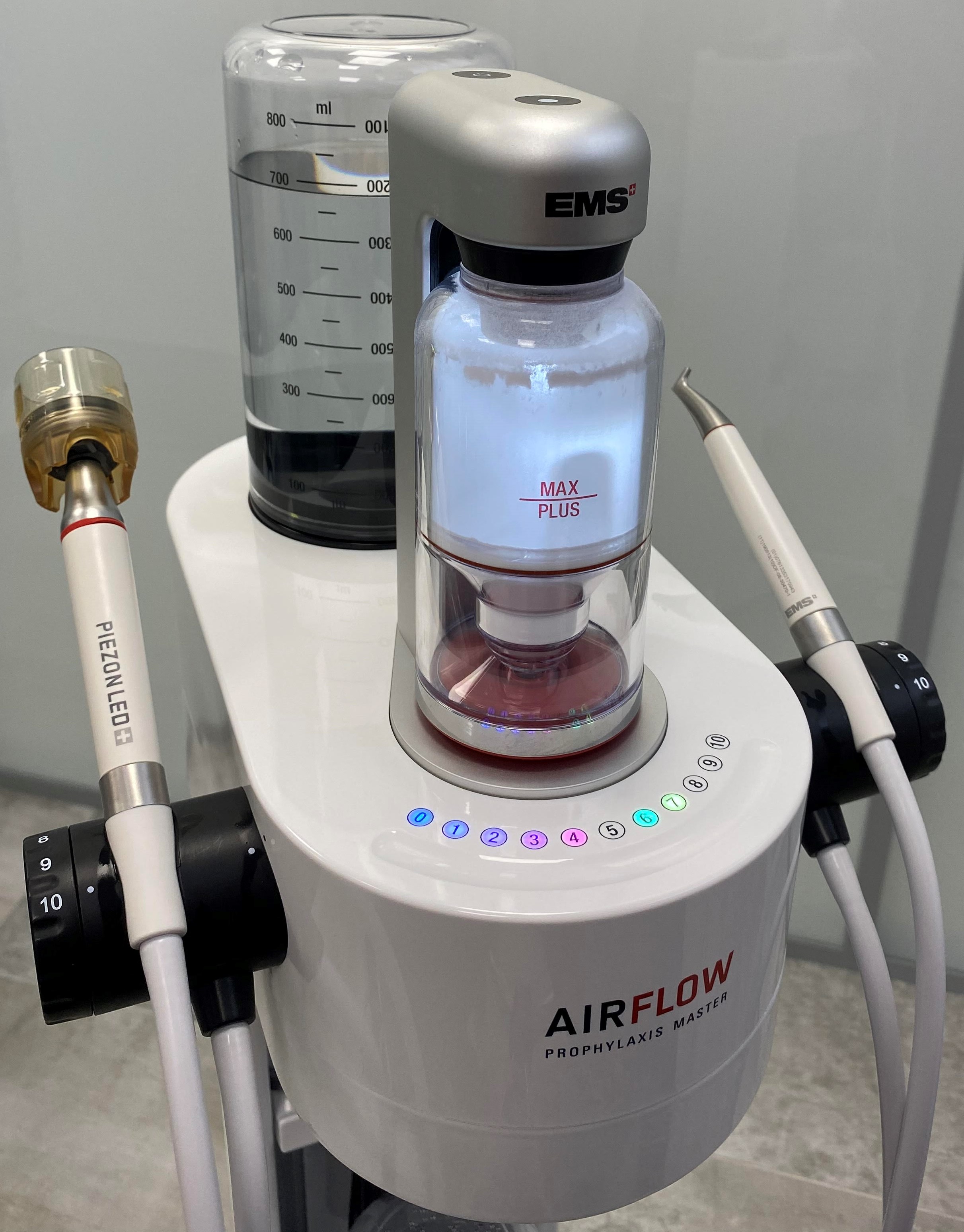
Full-length photo:
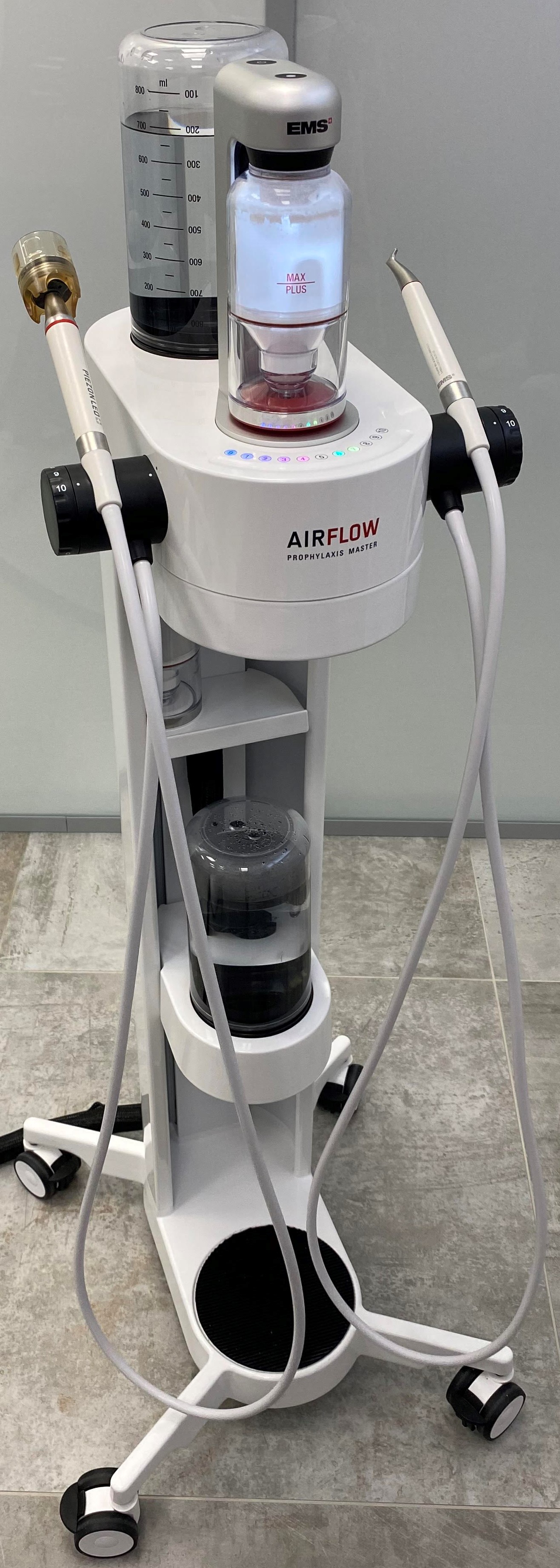
Left ultrasonic handpiece, right Air-Flow handpiece. At the back of the main platform there is a tank with distilled water (an additional one at the bottom to quickly replace an empty tank with a full one when the first one runs out of water), which in turn is heated for greater comfort for the patient. Often, when using a conventional ultrasound device, in which this function is absent, patients complain of high sensitivity of the teeth due to cold water (water at room temperature is considered cold). In the foreground is a flask that is being filled with powder. The numbers are power.
By the way, "sandblasting" devices are different. The standard looks something like this:

This tip is put on the unit. For it, a coarse powder is used (it is poured into the container in the middle), which in turn requires polishing the teeth with brushes and pastes after the working cycle.
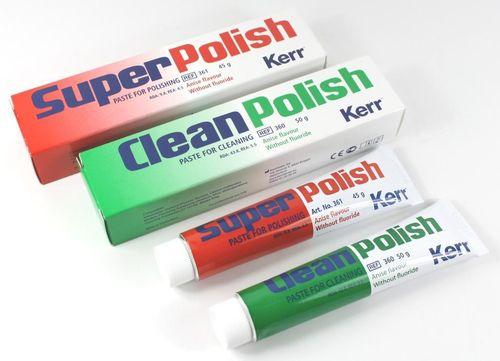
Because the teeth remain rough after use.
Another example of the "old school":
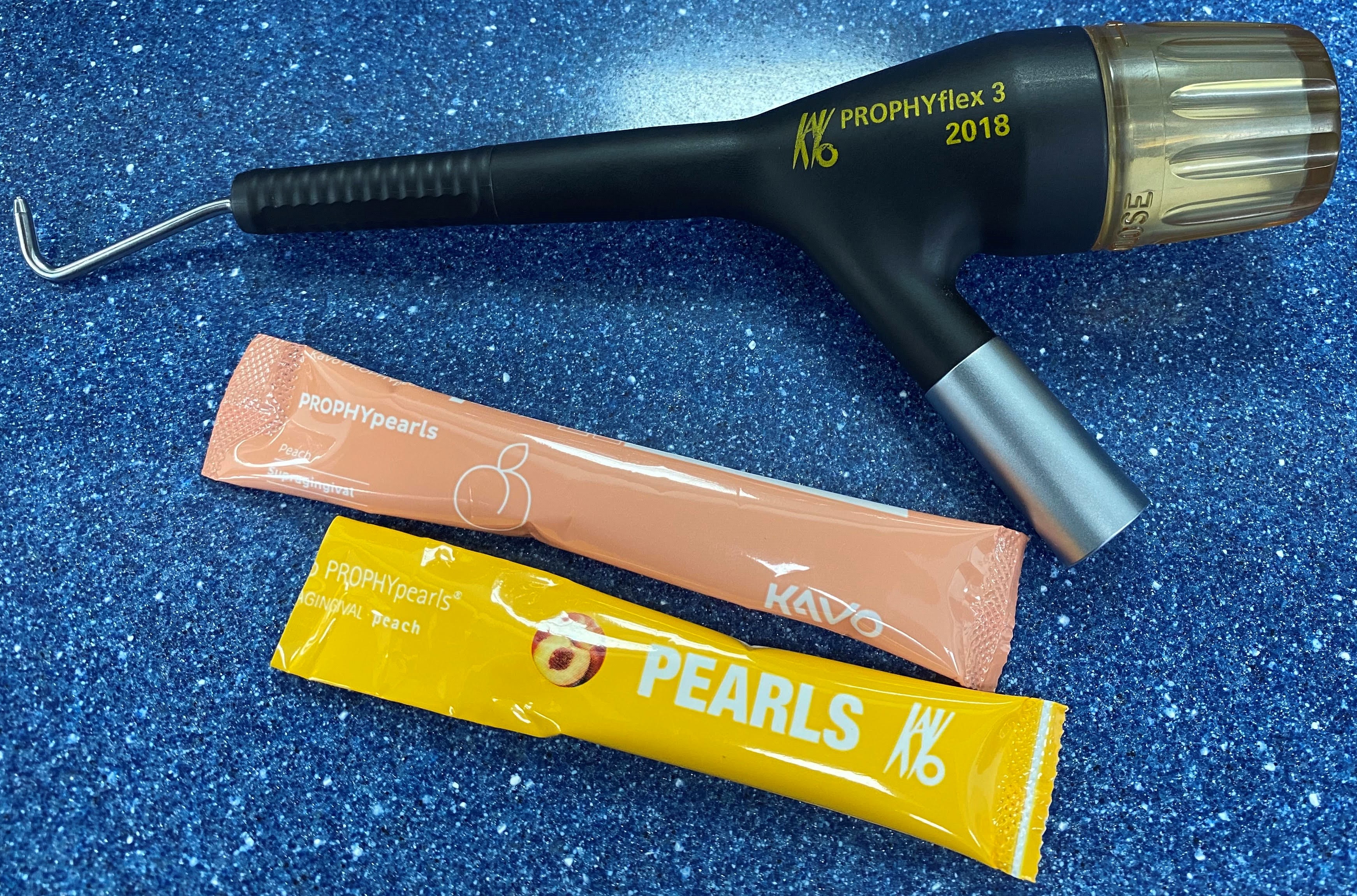
Both of these handpieces are bulky and not very easy to use compared to the new apparatus.
Below is a comparison of the fineness of the new and standard:
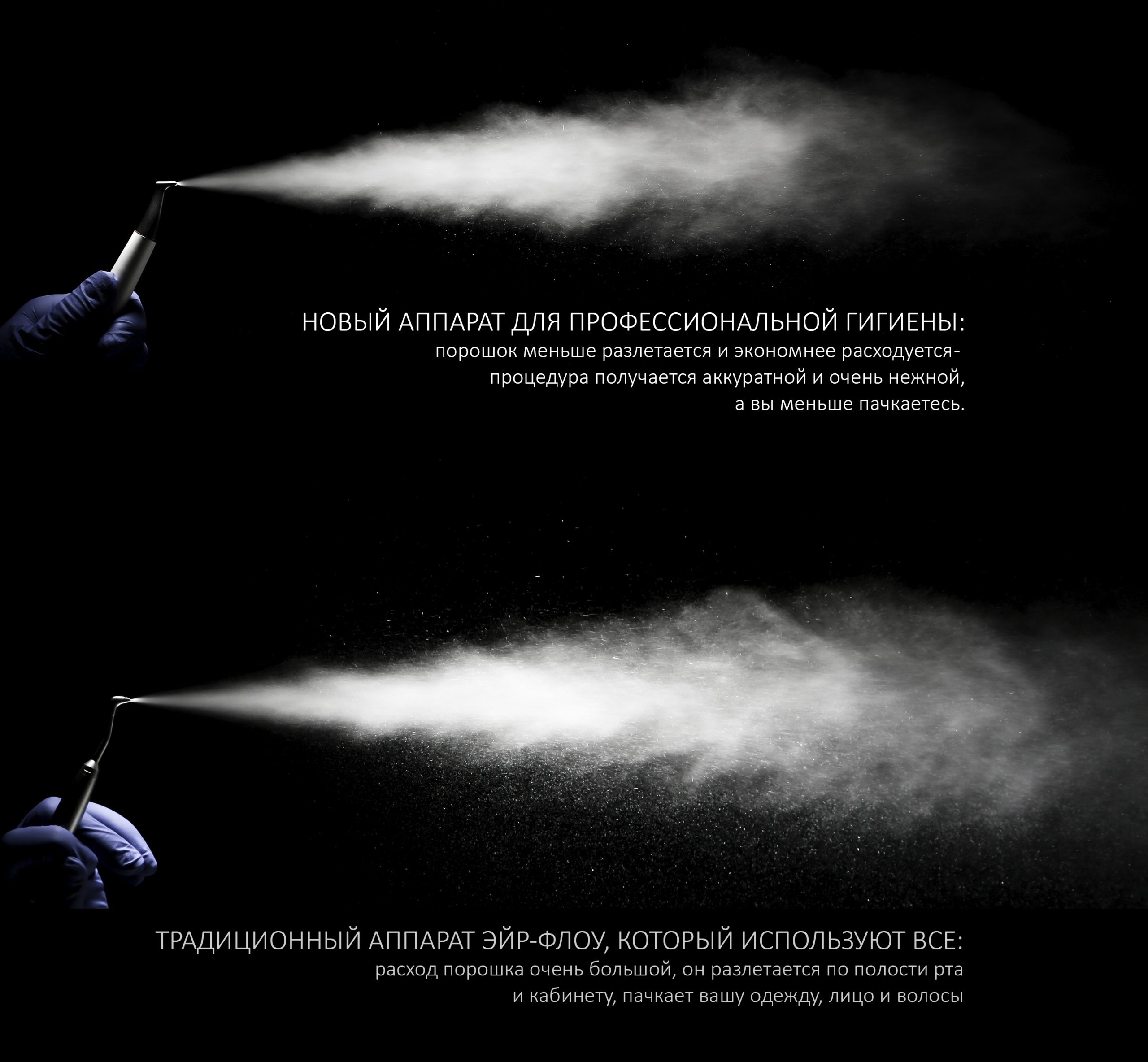
As I said, after processing the teeth with the Air-Flow device of the new generation, polishing the teeth with a paste is not required due to the fact that the used powder is fine and polishes the teeth by itself. But, as a rule, the hygienist polishes anyway to be sure.
At the end, a control snapshot of the result is taken:
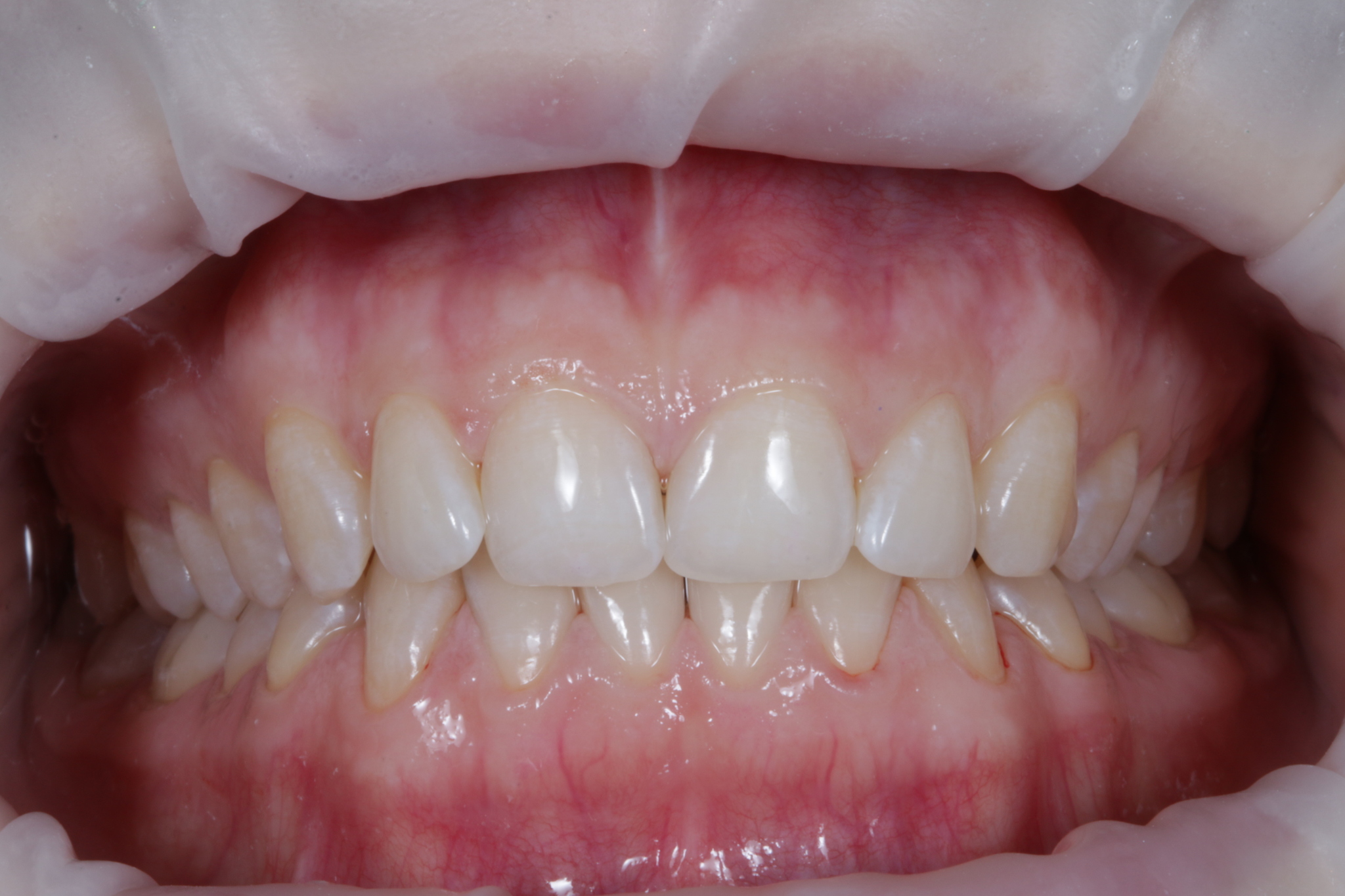
Photos of the teeth are of course taken from all sides, inside and out. I did not add all of them, since the article is about how hygiene is carried out, and not "was - was" in detail.
Do you think everything? No matter how it is. After all the manipulations, remineralizing therapy is carried out - fluoridation of the teeth. A special gel is applied to the mouthguard and placed in the mouth for a few minutes. This is necessary in order to reduce sensitivity after cleaning, slow down the processes of caries formation, strengthen the enamel and increase its resistance to acidic environment.

Such therapy is contraindicated in people with fluorosis (a chronic disease that develops before teething (and after) with prolonged ingestion of water or products with a high content of fluoride compounds), those who have an intolerance to the element and / or patients with multiple caries. First you need to heal your teeth.
Now, in a nutshell, about the features of professional hygiene in the presence of orthopedic structures on implants.
To begin with, it is necessary to remove this structure from the implants.
Upper jaw:

Lower jaw:

Yellow spots on the chewing surfaces of the crowns, closed with a special filling material of the shaft, through which the prostheses are fixed to the implants with mini-screws.
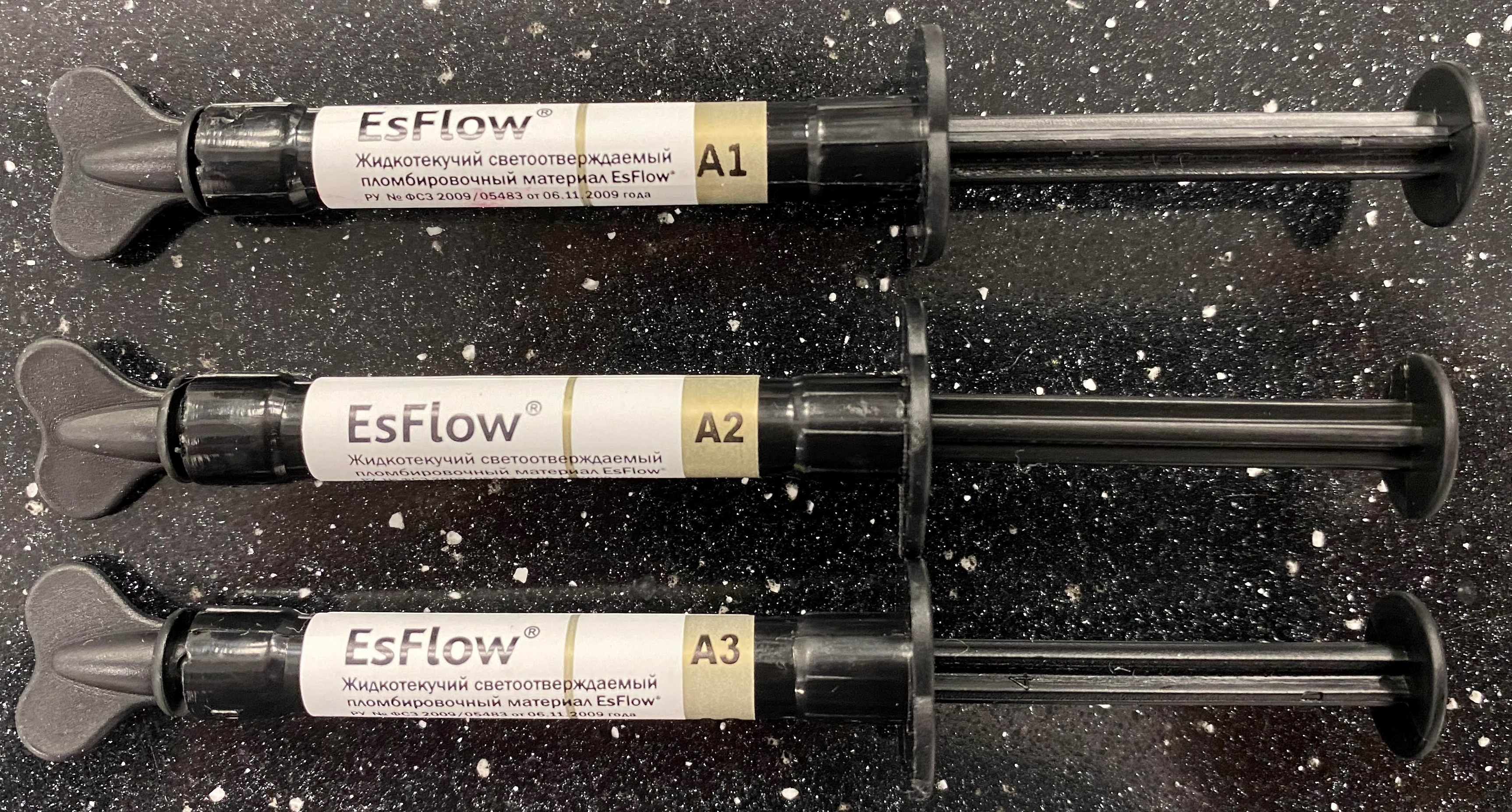
A # marking means a color where A1 is the lightest and A3 is already darker.
After removing the prosthesis, they are mechanically cleaned, the shafts of the implants are washed with antiseptic solutions. Typically, this is 0.05% chlorhexidine.
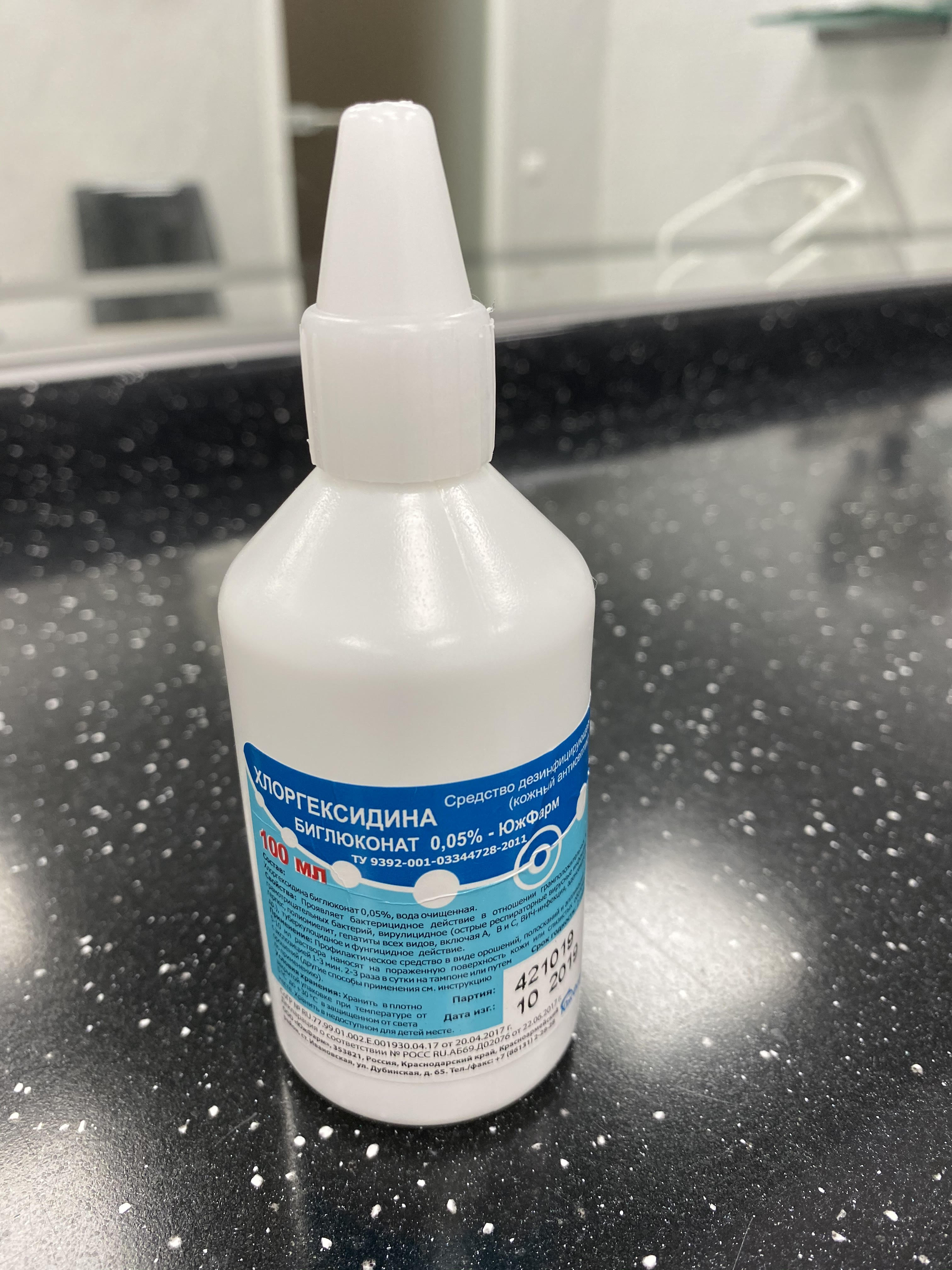
If the gum is inflamed, then it can be treated with metrogyl dent.

A special anti-inflammatory gel that soothes the gums.
After all the necessary procedures, the prosthesis is re-fixed on the implants, and the shafts are closed with new material, in the color of the crowns. In order to be able to easily remove the filling material, a piece of Teflon tape is placed in the shaft between the screwed in and the seal.
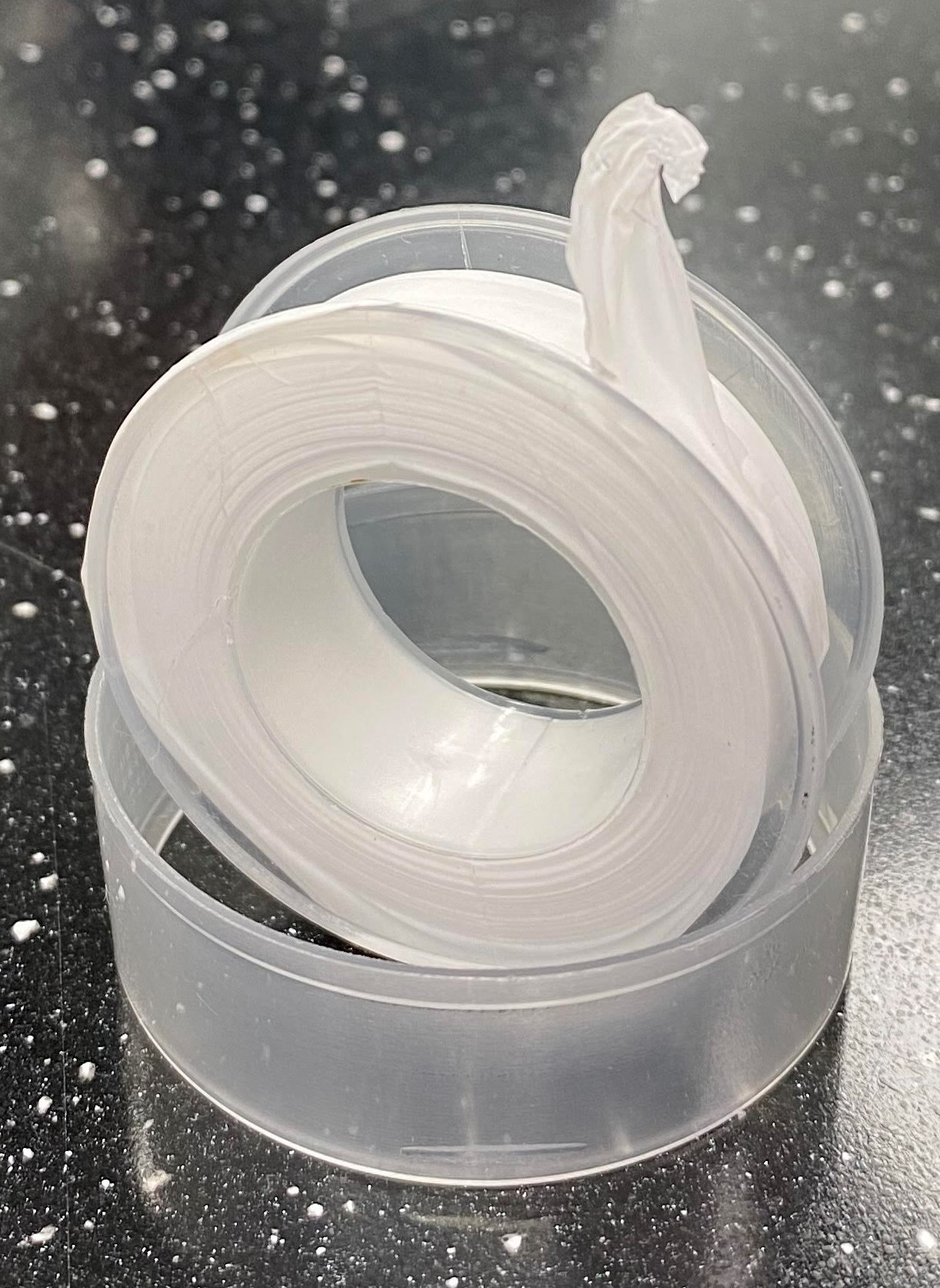
That, in fact, is all that is related to professional oral hygiene at the dentist. I hope those of you who thought that this was complete nonsense, and not a procedure that does not require a lot of cleverness, will change your mind.
Thank you for your attention and stay tuned!
Best regards, Andrey Dashkov
What else to read?
About dental implantation:
- Implant placement: how is it done?
- Sinus lift and simultaneous implantation
- Implantation in the absence of teeth, as a result of untimely access to the dentist
About wisdom teeth and their removal:
- Wisdom teeth: cannot be removed
- Are you still dragging out the removal of your wisdom teeth because it “doesn't hurt”? Oh well...
- Removal of wisdom teeth. How it's done?
- ChLH or not ChLH? That's the question…
- Wisdom Teeth: Pull-Pull!
About professional oral hygiene:
- Professional oral hygiene. Part I. Introduction
And of course:
- Dentistry: expectation and reality
- Recommendations after the appointment of a dental surgeon
- The naked truth (article on the formation of the cost of treatment in a dental clinic)
- Total prosthetics on implants